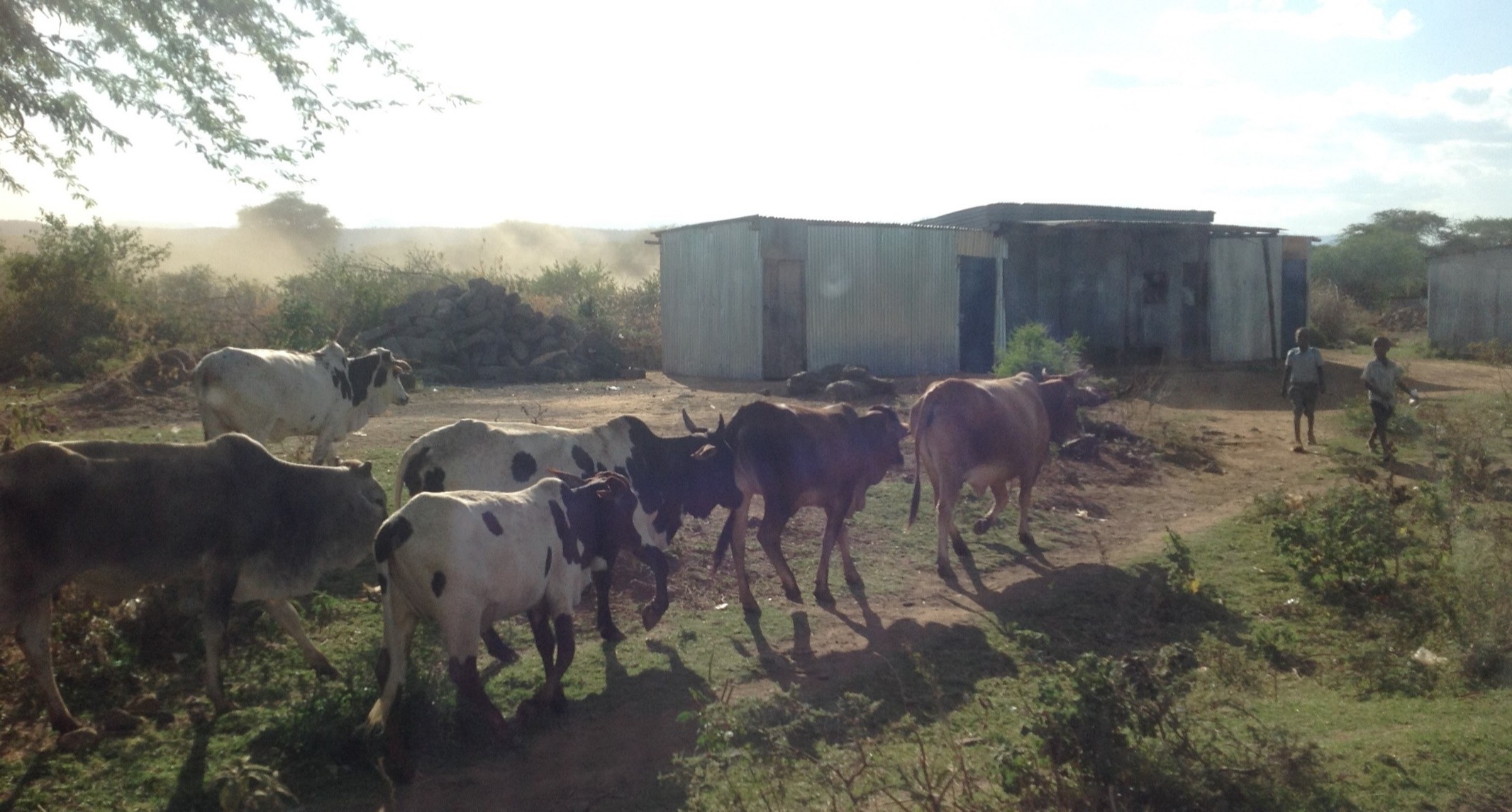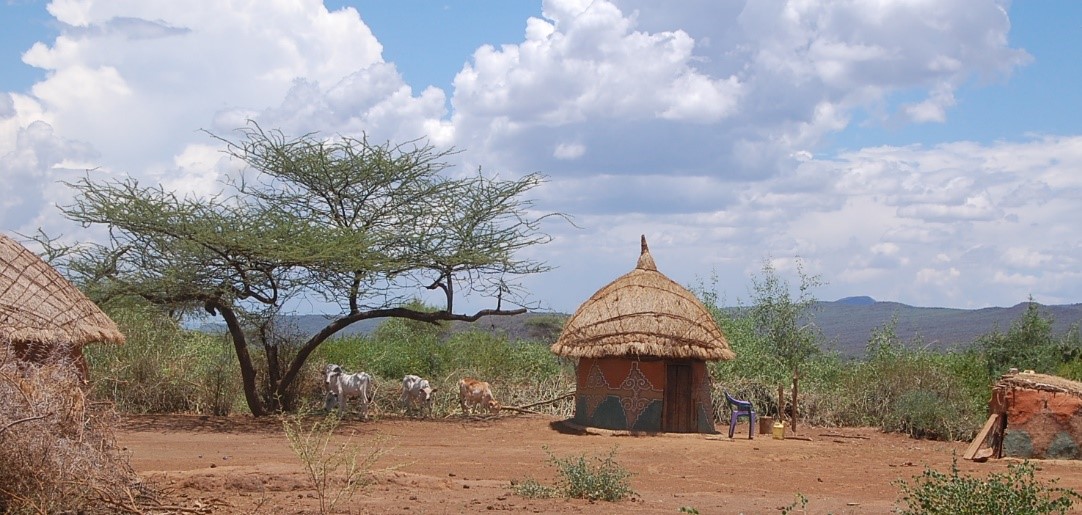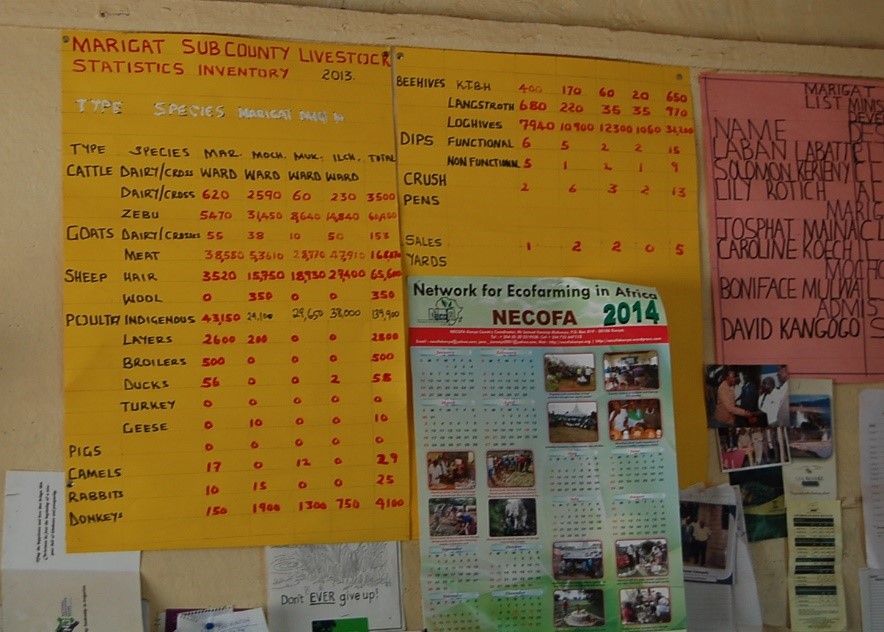
FIGURE 7. Baringo County, a hotspot for Rift Valley fever
Systems thinking, resilience and risk management. The review established that there is an integration of scientific knowledge on the interaction between human (socio-cultural), animal (livestock species, farming systems) and environmental (climate, vegetation, vectors and hydrology), factors leading to disease outbreaks. Rift Valley Fever hotspots were determined to occur in the lowland and riverine zones where suitable habitats for RVF vectors exist. These habitats are characterized by flat topography, poorly drained soils that flood after heavy rainfall. Ecological niche modelling was used to identify VBD transmission hotspots. Habitat suitability is further influenced by rainfall seasonality and isothermality. It was also determined that malaria hotspots occur in the lowland and riverine zones, with the latter having perennial transmission due to presence of year-round vector breeding points in the form of slow flowing streams covered with filamentous algae. Currently, RVF prevention is mainly through vaccination of animals. During the last RVF outbreak, the government imposed a ban on livestock markets and imposed animal quarantines. To stem the risk of RVF infection and create awareness on RVF, the current project distributed personal protective equipment (white coats, gloves and boots) to workers in slaughterhouses.
Malaria control is mainly through distribution on bed-nets to expectant mothers and children under the age of five. The local communities use both traditional and conventional strategies to keep away mosquito vectors, treat malaria and prevent RVF. The observed impact of house type on the abundance of indoor resting malaria vector can also be useful in designing customized integrated malaria control strategies.
Transdisciplinary research on zoonoses and VBDs. The TDR IDRC Research Initiative used transdisciplinary research methods with researchers derived from the fields of anthropology, entomology, parasitology, meteorology, mathematical modelling and eco-hydrology. In addition, the research team collaborated with officials from the Ministry of Health, Ministry of Agriculture, Livestock and fisheries, Ministry of Education and environmental authorities like Kenya Marine and Fisheries Research Institute and Water Resource Management Authority. This transdisciplinarity enabled the research team to investigate vulnerabilities to VBDs from a multidimensional perspective that expanded the infection prevention and control framing to include socio-cultural, climate, and ecological factors influencing human, vector and pathogen interactions. This helped in identifying socio-economic factors leading to population vulnerabilities to malaria and RVF, as well as at risk populations that can be affected if the projected climate change results in the expansion of vector ranges. The study methodology was also participatory in nature. The local communities were included in focus group discussions and health campaigns during data collection and research dissemination respectively.
Sacred ecology. The review established that the community was knowledgeable of malaria signs and symptoms, but the knowledge co-existed with traditional causes. The community also had knowledge on traditional/herbal medicines used in malaria infection prevention and control, specifically to treat malaria and repel mosquitoes. Although the community was not knowledgeable on RVF and could not readily relate it to extreme weather events, specifically, El-Nino rains, they had their own traditional ways of predicting weather patterns. These included the observation of certain plant species flowering and fruiting patters, studying the positioning of stars and planets as well as studying goat intestines. The role of weather prediction was tradition ascribed to a specific category of men. The community also utilized traditional methods of determining meat safety for consumption such as observing if the spleen of a slaughtered animal would swell or not if covered with soil. In their use of different plants species for malaria treatment, mosquito repelling, weather prediction and curing meat, the community members not only placed value on fauna in their immediate environment but also used them sustainably by preserving and protecting them as they would be needed for future use. Through this research, we were able to identify the unique ways in which the communities in Baringo utilized their vegetation for disease management. This adds to the knowledge of medicinal plants nationally and globally among communities with similar ecosystems.
Health and biodiversity. The review established a link between biodiversity and health by identifying factors that enhance habitat suitability to vectors and increase vector population. Mosquito larvae abundance was also established to be dependent on the aquatic flora found in the breeding points. In the riverine zone, where malaria transmission was determined to be perennial, slow flowing streams inhabited by filamentous algae which made them suitable for mosquito breeding. This discovery is key in expanding the infection prevention and control framings with respect to vector control. The general distribution of vectors varied across different eco-geographical zones with the greatest vector diversity and abundance occurring in the lowland zone where both malaria and RVF vectors coexist. Disease prediction and vector distribution models were developed by examining the interaction between the environment, vector species composition and climatic conditions. It was determined that variations in climatic condition can expand the spatial extent of mosquito vector ranges putting new populations at risk. Changes in climatic condition, particularly the decrease in temperature, favours larval survival and the reproductive output of female mosquitoes. The transmission of malaria and RVF is also influenced by the environment, it depends on presence of vectors, the pathogens, susceptible hosts and suitable climatic conditions and habitats within the ecosystem.
Gender and Equity. This review demonstrated that there were gender differences in exposures to malaria and RVF, health seeking behaviour and care giving. In terms of exposure, although every person could get infected with malaria, community members knew that pregnant women and children under five years as most vulnerable. This finding agreed with national policy on malaria prevention which also advocates for these vulnerable category of persons to be provided with an insecticide treated bed net free of charge during visits to antenatal or child wellness clinics. Some of the factors that made the community vulnerable to malaria included the practice of living in mud walled houses which tended to have higher numbers of mosquitoes resting indoors; building houses with wide eaves which made it easy for mosquitoes to fly in; women sourcing for water early morning at times when mosquitoes are feeding; women staying outdoors longer in search of water in the drought season; men staying outdoors for grazing purposes especially in the drought period when they have to be away from home; men sitting outdoors in the dark; and inconsistent use of bed nets due to the belief that there are no mosquitoes in the dry season and that bed nets increase the amount of heat in the bed area making sleep uncomfortable.
During an outbreak, exposure to RVF could also be mediated by gender due to differential exposure to infected animal tissues and secretions such as milk, blood, meat, birthing fluids and abortus. The study showed that the communities had a practice of consuming raw and cooked blood but, more men were more likely to consume blood than women. Although the communities boiled milk before consumption, they milked sick animals and consumed this milk, with men more likely to consume milk from sick animals. Animal products such as milk and meat stock are used in administering medicines to children and adults, respectively.
On health seeking behaviour, women were more likely to seek medical treatment sooner than men when they became ill so that they could quickly go back to conducting their productive and reproductive duties whose labour was not easily substitutable. Men considered the practice of seeking medical care a sign of weakness. Men were therefore likely to present in hospitals with severe illness due to delay in seeking medical attention and the cultural practice demanding men to be stoic even in the face of challenges and pain. Men were also more averse than women to having blood samples taken for fear that the laboratory staff would test them for HIV. This belief was fuelled by the near similarity in how the malaria and HIV test kits work.
In terms of caregiving, men as household heads tended to provide finances for health seeking. Women, on the other hand, tended to provide care to sick persons. This included feeding, cleaning, administering medicines and providing emotional support.
Community engagement. The project had interactions with the communities and leadership in Baringo County. This was done during the project’s reconnaissance and inception meetings with the Baringo county leadership; data collection; research finding dissemination to County human and veterinary health officers, sub-county leadership; and research dissemination for community members through health campaigns on malaria and Rift Valley Fever.
Specific objective 2. To build the capacity of the project team on the One Health approach to climate-sensitive vector-borne disease research.
The project had conducted two training workshops on OHA conducted by an expert from the HORN project. A total of eight team members have so far undergone training on and applied the knowledge gained to synthesize the project data according to the socio-ecological systems framework. The trained personnel will in turn train stakeholders in Baringo on the One-Health approach.
A review of the capacity of the stakeholders during the previous project was done. The analysis focused on the governance, resource allocation and organisational culture across the stakeholders to identify the strengths and gaps in stakeholder engagement that can contribute to the success of the OHA.
The research team has been working in collaboration with officials from the Ministry of Health, Ministry of Agriculture Livestock and Fisheries, Ministry of Education and the national government representatives in Baringo County. During the previous study, the research team shared research objectives with officials from the said ministries and incorporated them in data collection. The project team also conducted local public forums during which community knowledge on malaria and RVF was assessed. At the end of the study, community sensitization was achieved through health campaigns on malaria and RVF.
It was also established that the county government departments have no capacity to conduct research on their own, instead they are reliant on collaborations with learning institutions and non-governmental organisations.
Specific objective 3. To publish synthesized research papers based on the One Health approach which incorporates findings from the project.
This project had proposed to publish synthesized research papers on the One Health approach based on evidence from the previous TDR IDRC Research Initiative. A synthesis of the project data has been accomplished and the team project team members have been tasked with responsibilities for draft manuscript writing.





